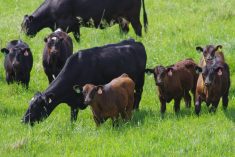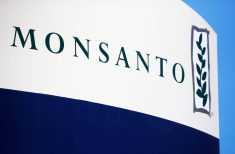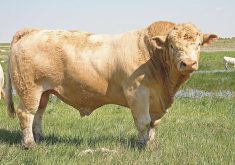Understanding how avian influenza works and how it spreads is the best way to prevent future outbreaks and the economic devastation they cause.
That’s the message Dr. Colleen Christianson, a veterinary pathologist with Alberta Agriculture, delivered to an audience at the recent Wetaskiwin Poultry and Rabbit show.
Avian influenza, also known as avian flu or bird flu, was first identified in 1878, Christianson said. Originally called “fowl plague,” it is classed as an RNA (ribonucleic acid) virus, which has eight genes.
“Those eight genes control the life cycle and how it infects different cells once it gets into a mammalian or an avian host,” she said.
Read Also

Grazing ‘sweet spot’ boosts pasture performance
Timing-focused approach to pasture management touted to boost forage growth, livestock gains while also cutting farmer labour and inputs
Influenza is classified as a “List A” disease by the Paris-based International Office of Epizooties and any outbreak must be immediately reported to that organization, which tracks and monitors all diseases which can be transmitted between animals and humans. The two strains of top concern, H5 and H7, have been found in Canada.
“Only the H5 and H7 can affect an animal or bird and go from a low pathogen species to a mild case, then ramp up and cause very serious diseases,” Christianson said.
Another subtype, H3, is highly pathogenic in poultry and must also be reported, she said. Viruses that are highly pathogenic attack and affect cells throughout the entire body, while viruses which are low pathogenic will only attack certain cells, appearing as a cold or flu in the host. Viruses which are low pathogenic are generally confined to the respiratory tissues.
Economic threat
A highly pathogenic form of AI can go through a commercial egg-laying flock and can stop the birds from laying, said Christianson.
“It can be highly devastating, not only in terms of mortality, but in terms of production,” she said.
In some cases, highly pathogenic forms can result in 100 per cent mortality rates in flocks. Affected species include chickens, turkeys, ostriches, quail, geese, guinea fowl and domestic ducks.
Avian flu is also devastating because it can affect many jobs throughout the poultry industry. That was the case in British Columbia in 2004 in which 17 million birds were killed and it took six months before the province could be declared free of avian flu.
“They estimated that it cost between $65 to over $250 million once you started looking at all the industries involved,” Christianson said. “It affected over 1,600 jobs.”
The most common source of avian flu is wild waterfowl, which are natural reservoirs of the virus. Ducks carry the virus around the world through their spring and fall migrations, spreading it through their feces.
Because humans have different receptors on their cells, they don’t normally become infected with avian flu, said Christianson. Humans can only become infected from influenzas that are passed through species that have the same receptors as them. Pigs have the same receptors as both humans and birds, and so can infect both.
Christianson said low pathogenic influenzas are not food safety issues, since the viruses are not systemic and don’t go through the entire body. The highly pathogenic viruses can make people sick but are likely to be spotted by an inspector, she said.
“The likelihood that we could get influenza in our chicken or poultry meat is very, very low,” said Christianson.
———
“Theyestimatedthatitcostbetween$65toover$250milliononceyoustartedlookingatalltheindustriesinvolved.Italsoaffectedover1,600jobs.”
COLLEEN CHRISTIANSON
VETERINARY PATHOLOGIST















